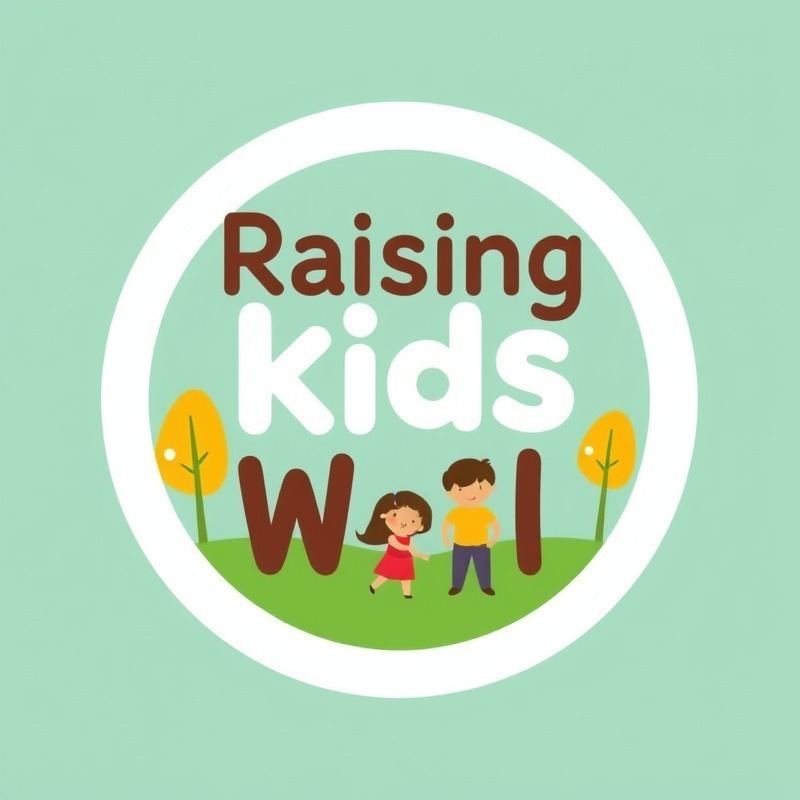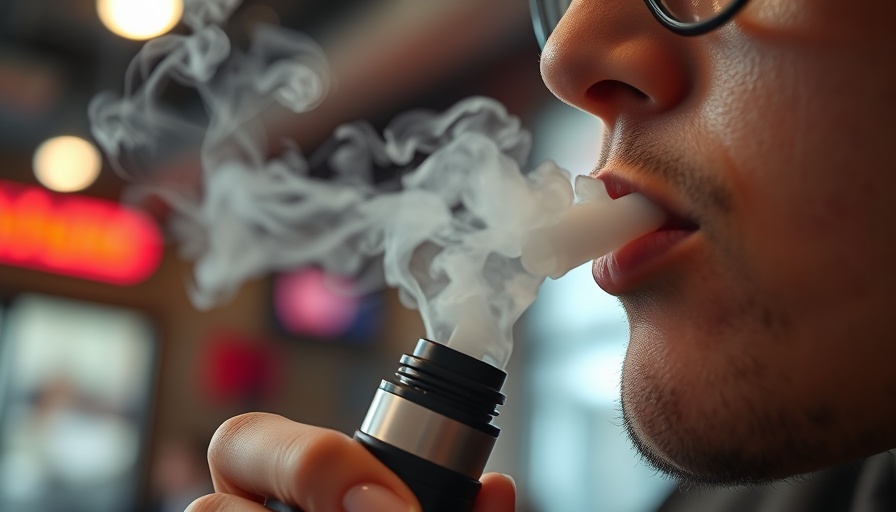
Understanding Tobacco's Impact on Teenagers
Tobacco use has long been glamorized in popular culture, often depicted as a rite of passage among adolescents. Shows like “Skins” and “Euphoria” highlight tobacco as a means of fitting in, but the reality is far more concerning. According to the CDC, tobacco use remains the leading cause of preventable disease, disability, and death in the U.S. With almost 90% of daily smokers beginning their habit before age 18, parents play a crucial role in addressing this issue during their teen’s formative years.
The Alarming Reality of Teen Tobacco Use
Statistics reveal that more than 2 million high school students were reported to have used tobacco products in 2021. This equates to one in ten teenagers, suggesting that in any typical classroom, at least two students are potentially grappling with this harmful habit. Notably, peer pressure plays a significant part in encouraging tobacco use among teens; many do not fully grasp the long-term health consequences, which can include chronic respiratory diseases, cardiovascular problems, and mental health issues.
The Link Between Tobacco Use and Mental Health
Emerging research, including data from the Mental Health First Aid (MHFA) curriculum, indicates a concerning correlation between tobacco use and mental health distress. The alarming figures show that 14.2% of students reporting severe psychological distress also admitted to tobacco use. This suggests that nicotine can serve as a temporary coping mechanism for symptoms related to anxiety and depression, despite ultimately exacerbating mental health issues in the long run.
Preparing for Conversations: The ALGEE Action Plan
The MHFA recommends the ALGEE action plan to facilitate effective discussions about tobacco use with teens. To do this, first, assess any risk of harm. Although immediate physical harm from smoking isn't as evident as drug overdoses, educators and parents must remain vigilant for early warning signs of emotional distress that might indicate deeper issues.
Strategies for Constructive Dialogue
Creating a nonjudgmental environment is important for any meaningful conversation. Parents should schedule a time with their teen in a calm, private space where distractions are minimized. Before broaching the subject of tobacco use, it's crucial to prepare one's thoughts and intentions. Aim to listen actively and allow your child to express their feelings without fear of reprimand, which can create a supportive atmosphere.
Empowering Teens With Information
Once a dialogue is established, it’s essential to provide accurate insights into the risks of tobacco use on both mental and physical health. Providing resources can empower teens to question the misconceptions surrounding smoking, allowing them to see the reality that many of their peers choose to live tobacco-free. Open discussions can help normalize these choices and encourage a supportive peer environment.
Encouraging Professional Help
For those families needing extra support, seeking local resources can be a game-changer. Numerous programs exist nationwide that specialize in helping teens quit tobacco use, often offering virtual access for convenience. This can alleviate the stigma some teens may feel about seeking help.
Creating a Lifelong Impact
Conversations about tobacco can significantly impact a teen's choices and overall well-being. The earlier discussions occur about the dangers of tobacco, the better chance parents have of helping their teens avoid addiction and its associated risks altogether. It’s not just about discouraging tobacco use; it’s about empowering youth to make informed choices.
As parents, initiating these conversations may feel daunting, but remember the importance of your role in guiding your child through their choices. By fostering a supportive environment and reinforcing healthy behaviors, you can help your teen navigate the pressures of adolescence with resilience.
Take Action: Help Your Teen Breathe Easier
It’s time to step up and arm yourself with the knowledge to initiate discussions about tobacco use with your teen. Educate yourself on smoking cessation resources and make yourself available to support your child's choices. Encourage open dialogue, and take these vital steps to ensure a healthier future for them.
 Add Row
Add Row  Add
Add 



Write A Comment